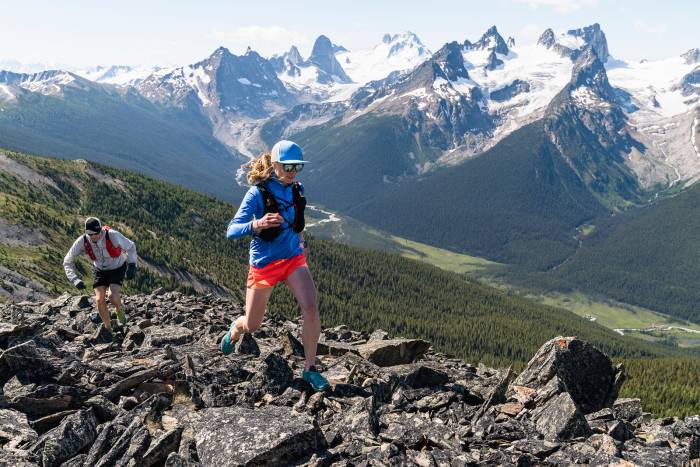By GREG WITT
I’ve never given an I.Q. test to a ram, or an ewe for that matter, but those who have agree that sheep are a notch or two dumber than cows and pigs, and certainly far below dogs. How is it then that sheep are so absolutely astute when it comes to high-performance fabrics?
I’m talking wool, of course — and not just thick socks or that cardigan you wore to last year’s Christmas party, but a 100 percent merino wool base layer, suitable for hiking, mountaineering, and a full range of four-season outdoor pursuits. Before you turn up your nose and dredge up memories of those olive-colored, chafing, WWII surplus pants, know that the soft wool fabrics produced today weren’t even available ten years ago.
To discover the secret to the softness, we need to talk sheep again — merino sheep, a breed originally from Spain, but now producing wool around the world, with the highest quality production coming from Australia and New Zealand. Merino sheep have about four times as many wool fibers per square inch of skin as other breeds, and the fiber is long-staple, high-quality wool that is exceptionally soft.

Wilderness Wear Adventure Merino Zip Neck L/S
All Merino wool fibers are less than 24 microns in diameter, about one-fifth the diameter of a human hair. Softer medium grade Merino wool is between 19.6-22.9 microns in diameter and is great for socks and hats. But for the softest wool products on the market, perfect for use as a base layer, look for fine (18.6-19.5 microns) or even superfine (under 18.5 microns) Merino wool.
My choice for this review was a Wilderness Wear 100 percent Australian Merino wool base layer, which comes in three weights for both the tops and the long john bottoms. The heaviest — great for ice climbing or winter camping — contains 230 grams of wool per square meter of fabric. The mid-weight, my pick for cross-country skiing or snowshoeing, is rated at 195 GSM. The lightest of the series is 175 GSM and it is as suitable for summer hiking in the mountains as it is for spring skiing or fall trekking.
You would expect wool to be warm, which it is; but it is also exceptionally breathable, so that it delivers a natural air-conditioning in the summer and comfortable warmth in the winter. Merino wool also has natural water-repellant, flame retardant, odor-resistant, anti-static, and UV-protective qualities. And since wool is 90 percent keratin — the same fibrous protein found in human hair and skin — you can feel good about having it next to your skin for days on end.

Wilderness Wear Adventure Merino Long Sleeve Top
The wicking properties of merino wool are exceptional, too, and unlike polypropylene, each fiber has the ability to absorb some moisture without the fabric feeling clammy or damp against the skin. Merino wool is also tough, with a natural elasticity and the ability of each fiber to be twisted and bent more than 25,000 times before beginning to show the wear.
Wilderness Wear (https://www.wildernesswear.com.au) is new to the U.S. market, so it’s not always easy to find the company’s products. But they have a solid reputation Down Under as suppliers to the Australian Army and Australian Antarctic expeditions. The Wilderness Wear base layer I tested is high on functionality, with flat seams and a more expensive Raglan cut sleeve for added comfort and performance, which also distinguishes their design from that of Smartwool and Icebreaker. And like Ibex, they’ve added some color panels — a nice style feature if you’re inclined to take off your shell when it warms up or when you step indoors.
On the downside, the sleeves seem about an inch short — but hey, this is underwear, right? Speaking of fit, I do appreciate the high-quality blind stitch hemming in the cuff, and the collar also allows for plenty of stretch — helpful for a big-headed guy like me.
Wilderness Wear Thermals/Base Layers
- Light Merino (lightweight, 175 GSM, 18 micron fiber): top, $94.95; bottom, $94.95
- Adventure Merino (mid-weight, 195 GMS, 18.8 micron fiber): top, $104.95; bottom, $104.95
- Pure Merino (heavy weight, 230 GSM, 19 micron fiber): top, $104.95; bottom, $104.95








